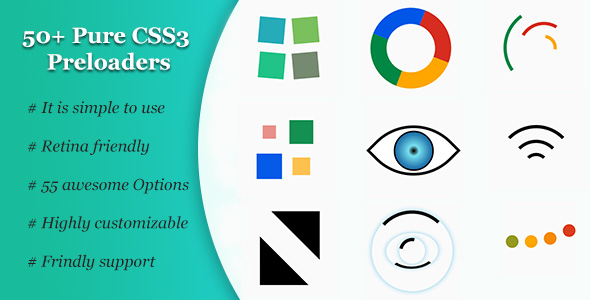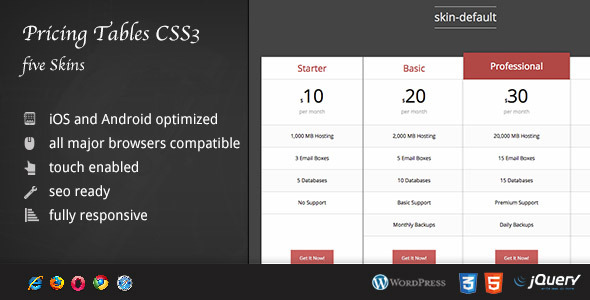
Modern CSS navigation menus combine aesthetic appeal with functional design, offering website developers a powerful tool for creating intuitive user experiences. This particular CSS navigation menu solution stands out with its pure CSS implementation, eliminating the need for JavaScript while delivering professional-grade results.
Key Features of the CSS Navigation Menu
This versatile navigation solution offers several advantages for web designers and developers:
- Pure CSS implementation: No JavaScript dependencies mean faster loading times and better compatibility
- Image-free design: All visual elements are created with CSS, reducing HTTP requests
- Color customization: Eight pre-configured color schemes with easy modification options
- Flexible alignment: Supports left, right, or center positioning to match your layout needs
- 960 grid compatibility: Seamlessly integrates with the popular 960 grid system
- Full-width dropdowns: Creates professional multi-level navigation without complex coding
Implementation Guide
Setting up this navigation menu requires minimal effort:
Basic Installation
- Download the CSS file from the provider
- Link the stylesheet in your HTML document’s head section
- Add the appropriate HTML structure for your menu items
- Apply the relevant CSS classes to style your navigation
Customization Options
The menu offers several ways to tailor its appearance:
- Color schemes: Choose from eight predefined options or create your own
- Hover effects: Customize the interactive states for better user feedback
- Dropdown styling: Adjust padding, borders, and transitions to match your site’s aesthetic
- Responsive behavior: Media queries can be added for mobile-friendly adaptations
Browser Compatibility Considerations
While this CSS navigation menu works across modern browsers, there are important limitations to note:
- CSS3 feature support: Some visual effects may not render in older browsers
- Internet Explorer limitations: Certain CSS3 properties aren’t supported in IE versions below 10
- Progressive enhancement: The menu degrades gracefully in unsupported browsers
Best Practices for Implementation
To get the most from this navigation solution:
- Semantic HTML structure: Use proper nested lists for multi-level menus
- Accessibility considerations: Add ARIA attributes for screen reader compatibility
- Performance optimization: Minify the CSS file for production environments
- Mobile-first approach: Consider adding responsive breakpoints for smaller screens
Advanced Customization Techniques
For developers looking to extend the menu’s functionality:
- CSS variables: Implement custom properties for easier theme management
- Animation enhancements: Add subtle transitions for smoother interactions
- Mega menu capabilities: Expand dropdown sections to include rich content
- Sticky positioning: Keep the navigation visible during page scrolling
This CSS navigation menu solution provides an excellent balance between visual appeal and technical simplicity, making it suitable for projects ranging from personal blogs to corporate websites. Its pure CSS approach ensures lightweight implementation while offering enough customization options to match various design requirements.

